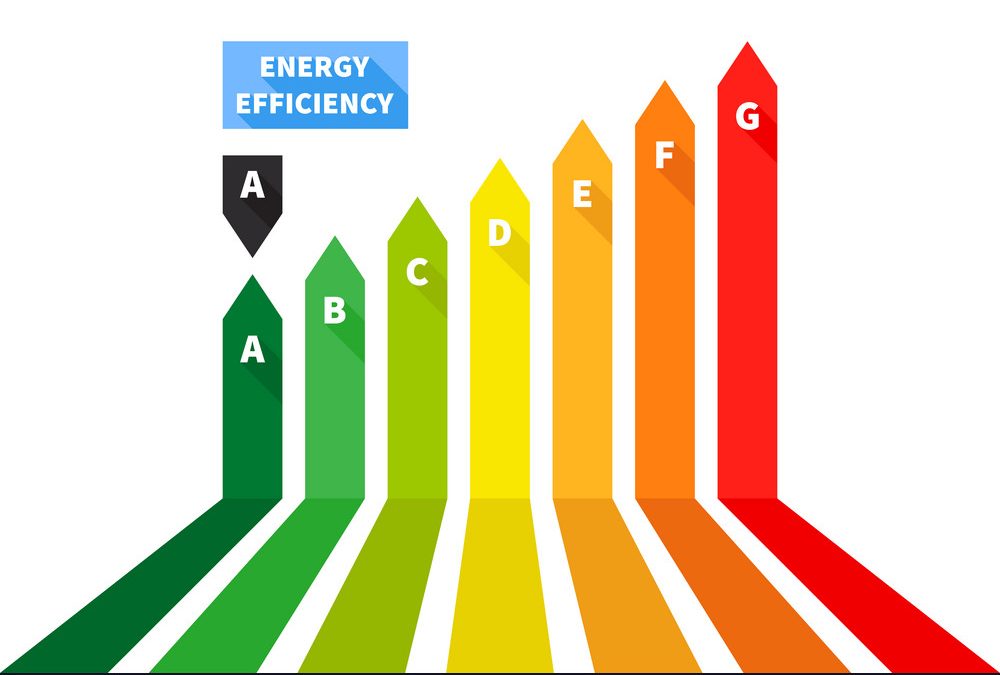You’ve decided to build a custom home, but before you break ground, start pouring a foundation, or decide on paint colors, you want to consider what you want your home to look like as well as how it will function. The building and construction industry as a whole, as well as the custom home building market have put energy efficiency and environmental impact at the top of the list of priorities, in order to secure a better-built home as well as a lower carbon footprint and long-term impact.
Table of Contents
Design Considerations
Building an energy efficient home starts with design. When meeting with the staff of Acipe Design, we’ll help you evaluate your energy efficiency goals and create a design that is in line with your aesthetic and personal style as well as your needs and wants for energy efficiency and sustainability.
Orientation & Layout Considerations
When designing your custom home, the first things you’ll consider are the orientation on the property and the layout, or floor plan, of the inside. Orient the house to take advantage of natural light – an easy way to reduce heating and cooling demands. When evaluating orientation, consider southern exposure for windows, an orientation that will allow ample natural light but few direct, hot beams of sun.
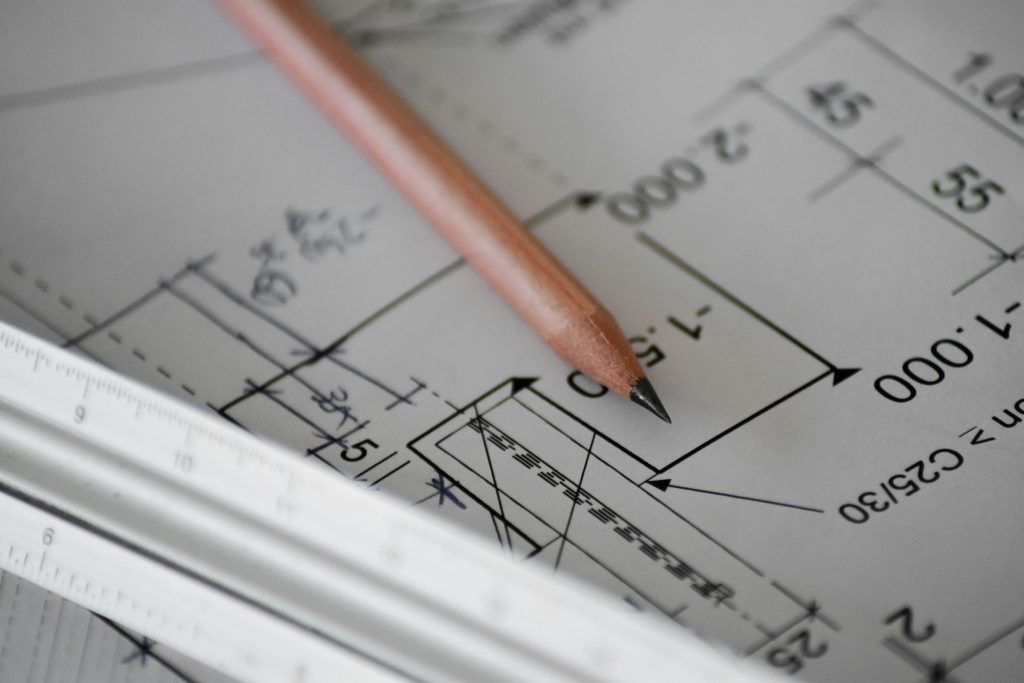
When designing the layout, compact and functional minimizes heat waste and maximizes energy efficiency. It’s also smart to build in considerations for future expansion at this phase as well, since such plans can be costly both financially and in the balance of energy efficiency down the road.
Insulation & Air Sealing Techniques
A properly insulated and air-sealed home offers year-round comfortable temperatures. More than comfort, however, is energy efficiency. Proper insulation and sealing techniques ensure your home isn’t heating or cooling the entire neighborhood, and saves money on energy costs from leaky windows and doors.
Energy-Efficient Heating, Cooling, and Ventilation Systems
What makes a home tick? These basic systems could be considered the ‘heart’ and lungs’ of your home, and should be chosen carefully for optimum energy efficiency. Modern HVAC solutions provide heating and cooling, and can also be integrated with things like energy recovery ventilators (ERVs) to enhance fresh air circulation without heat loss!
The heart and lungs of your home, these systems should be chosen with efficiency in mind. Modern HVAC solutions, like heat pumps, provide both heating and cooling and can be integrated with energy recovery ventilators (ERVs) for fresh air circulation without heat loss.
Renewable Resources
Designing your home to take advantage of renewable resources is the ultimate level of energy efficiency. Harnessing the power of the sun, wind, earth, and even water adds a level of efficiency no human-produced system can top.
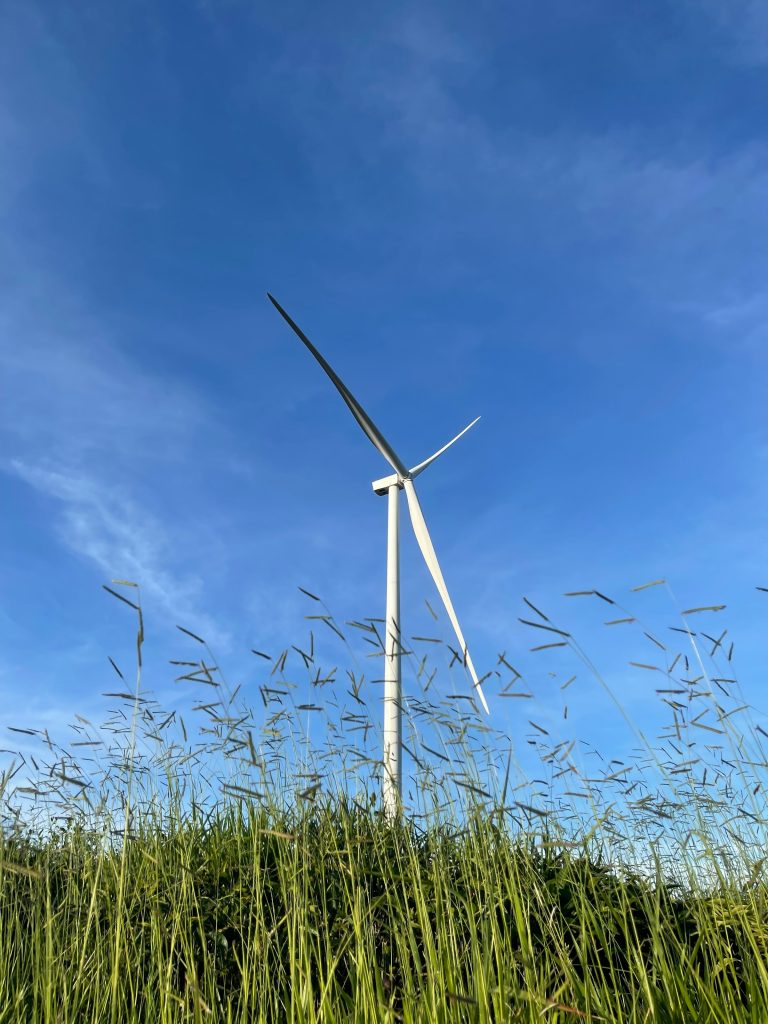
Solar panels and systems are increasingly more affordable and can be installed in a way that complements your home design rather than looking like an ugly afterthought. Tapping into the earth’s natural stable temperatures for geothermal heating and cooling gives you a natural, energy efficient method of heating and cooling for the ‘warm in the winter, cool in the summer’ temperature regulation you dream of.
Reasons to Build an Energy Efficient Home
There are a number of reasons you may want to consider building your home with energy efficiency in mind. While financial benefits may first come to mind, there are comfort and environmental benefits as well.
Lower Utility Bills
Energy efficiency saves energy, lowers the carbon footprint of a building, and uses resources more effectively and efficiently. Saving energy in turn saves money by lowering your utility bills including water and power used for heating, cooling, water, and electrical systems. Additionally, smart systems that automatically control some of your biggest energy spenders help regulate those items to keep costs low.
Increased Home Comfort
The lower utility bills are a comfort alone, but energy efficient homes are a more comfortable living environment overall. Energy efficient materials and methods keep the home at a consistent temperature and lighten the workload on major systems, creating a more comfortable, healthier environment with better air quality.
Reduced Environmental Impact
When you build an energy efficient custom home, it’s one of the most impactful ways you can reduce your carbon footprint. Traditional homes consume much more energy, which is often sourced from fossil fuels, contributing to greenhouse gas emissions and a less healthy environment. Opting for energy efficient materials and technologies allow you to minimize your new home’s reliance on nonrenewable, harmful energy sources.
Improved Resale Value
You likely don’t want to think of selling your dream home while you’re still getting ready to build it, but it’s something to keep at the back of your mind. Energy efficient homes and homes with eco-friendly features are becoming more and more desirable, often commanding top-dollar resale values.

Environmentally- and financially-conscious buyers looking to reduce long-term costs in a more sustainable living environment will consider your home before other, non-energy efficient homes.
Tax Incentives & Rebates
Whether you’re making energy efficiency a part of your new build or retrofitting energy efficient solutions into your existing home, homeowners making these investments can potentially benefit from federal, state, and/or local tax incentives or rebates. Such incentives encourage homeowners to opt for opportunities to harness renewable energy sources, create more energy efficient homes, and offset the initial cost of investment.
When considering what features to include in your energy efficient home build, research the benefits offered in your area and take advantage of making energy savings a cost savings on more than just utility bills!
Advanced Technology for Better Efficiency
The use of modern technology is crucial in increasing energy efficiency in custom homes. Smart systems help homeowners monitor and control energy usage, optimize that use, and ensure energy is only being used as needed.
Longevity & Durability
Building for energy efficiency isn’t just about how the systems or individual items work while in use. Building for energy efficiency also includes building with longevity and durability in mind. High-quality materials designed to last, including insulated windows, weather-resistant roofing materials, and more means less maintenance and energy loss. The durable materials that make your home energy efficient also require you to change or repair them less frequently – possibly for a majority of the time you live in the home.
Contribution to a Sustainable Future
Custom homes, especially energy efficient custom homes, provide an opportunity for homeowners to build sustainable, eco-friendly homes and contribute to a cleaner, greener environment now and well into the future. Such custom homes represent the building and construction industry’s dedication to the larger goal of transitioning to a low-carbon future for the industry.
Features to Include in Your Energy Efficient Home
Now that you know all about how and why you should consider energy efficiency in your custom home, there are some easy steps to take to ensure you meet your goal with the addition of building materials and features that make energy efficiency a focal point.
Energy Star Home Appliances
One of the easiest ways of adding energy efficiency to your home is in the appliances you select. Energy Star is a certification that means the item consumes less energy or water while still providing optimum performance. Look for refrigerators, ovens, dishwashers, clothes washers, and dryers marked with the logo. Not only do they save you money, they help protect the environment by using fewer natural resources and leaving a lower carbon footprint.
High-Performance Windows & Doors
Windows and doors play the most crucial role when it comes to regulating the temperature inside your home – and in turn the home’s overall energy efficiency for heating and cooling. Choosing high-performance windows and doors, which feature superior insulation while reducing heat transfer.
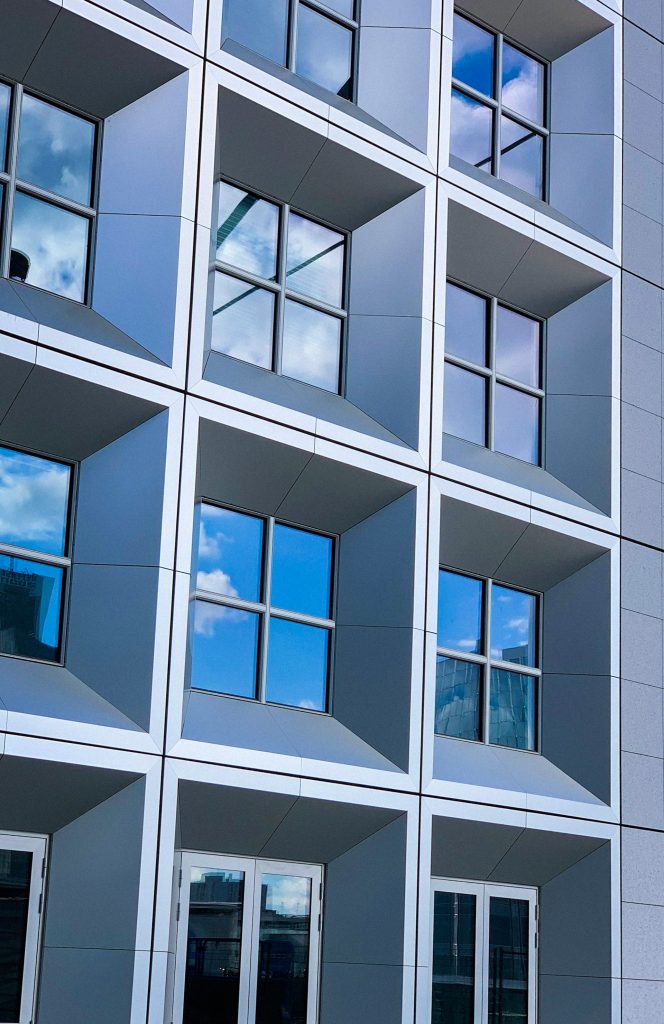
Add high-performance windows and doors help maintain a more consistent indoor temperature and reduce the need for excessive heating or cooling. We recommend looking for low-E (low emissivity) rated materials and can help you find the ones that fit your taste and style.
Water-Saving Fixtures
You can take this step during the design process, or easily retrofit them into an existing home. Incorporating low-flow, water-saving fixtures like faucets, toilets, and shower heads greatly reduces water usage without losing functionality. When considering your water system, opt for a tankless water heater – it heats water on-demand, avoiding the energy loss associated with a traditional system. No more watching water swirl down the drain while you wait for it to heat up! Bonus: minimizing water and the energy needed to heat it helps the environment while saving you money on utility costs.
LED Lighting
Lighting is one of the most important aspects to consider when designing your custom home. The staff at Acipe Design can help you evaluate the different types of lighting and their role in interior design, as well as energy efficiency. Many new fixtures are rated for LED light bulbs, but you can also easily replace traditional incandescent bulbs in lamps, sconces, chandeliers, and other overhead lighting in existing homes. LED bulbs last significantly longer than incandescent bulbs and can use up to 75% less energy! As the technology advances, LED bulbs come in various colors, styles, and warmth gradients to give you a cohesive design aesthetic.
Smart Home Technology
Smart home technology is getting better all the time. Not only does it centralize control of your home’s systems, it increases their energy efficiency as well. Smart thermostats, lighting systems, and even appliances allow you to monitor and control each machine’s energy usage, often remotely or through a single ‘command center’ in the home.
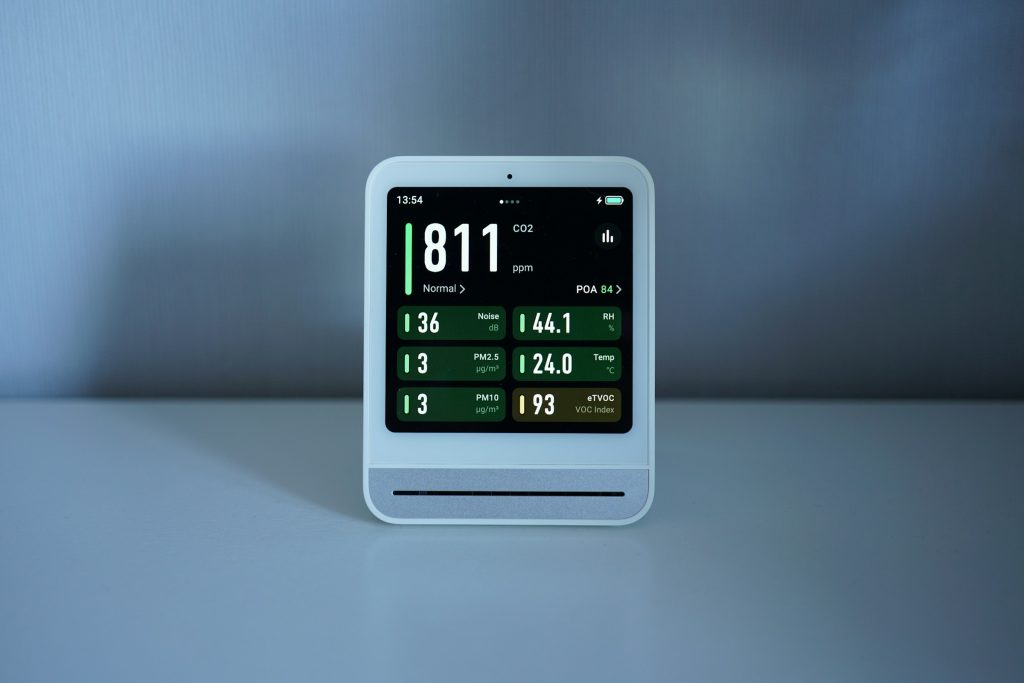
While you may pre-set some devices, smart home devices have the ability to learn your habits and automatically adjust settings to optimize energy consumption and provide convenience and savings, too. Settings can be adjusted in the home or from just about anywhere in the world – if you forgot to turn the light off in the bedroom before leaving for work, you can check the system and turn it off without having to run home on your lunch break! For more tips on integrating smart home technology in your custom home build, read our article here.
Sustainable Building Materials
Add energy efficiency to your home through the materials used to build it. Choosing green, sustainable building materials isn’t just good for the environment, it can help increase the overall energy efficiency of your home. There is a long list of sustainable building materials to incorporate in your home build that are as good as, if not better, than their traditional counterparts.
Many of these materials are sourced and produced sustainably as well, meaning the materials don’t just reduce the energy used in your home, but the energy that was used to manufacture them as well, leading to a smaller carbon footprint left by both your home and the environment in which the materials were made.
Final Thoughts
Take steps to improve your home’s energy efficiency from the start! When you meet with the staff of Acipe Design to start planning your dream home, we listen to your needs and wants, including those related to energy efficiency and a home that functions properly for you and your family.
Contact us today!

